Is Web3 The Hero Of Blockchain World Or Something Else Is ruling It?

The blockchain world, once primarily associated with cryptocurrencies, has evolved into a multifaceted ecosystem with various technologies vying for prominence. At the forefront of this evolution is Web3, a term that encapsulates a vision for a decentralized and user-centric internet. But is Web3 truly the hero reshaping the blockchain world, or are there other forces at play? In this exploration, we delve into the dynamics of Web3 and its counterparts, examining the roles they play in shaping the future of blockchain technology.
Understanding Web3: The Vision and Promise
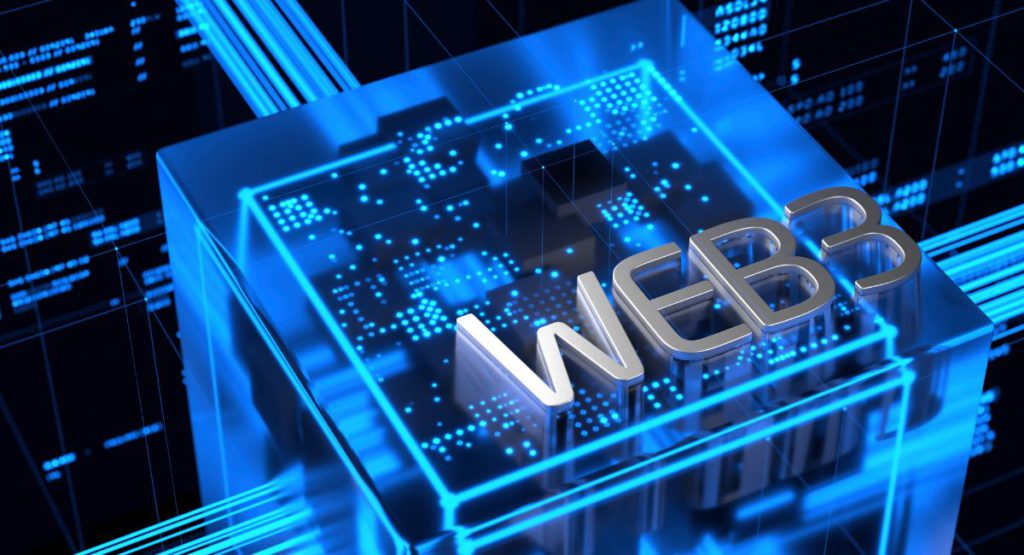
1. Definition of Web3:
Web3 represents a paradigm shift from the current centralized internet (Web2) to a decentralized, user-controlled internet. It envisions a digital landscape where users have more control over their data, identity, and interactions, facilitated by blockchain and other decentralized technologies.
2. Core Principles:
Web3 is built on principles of decentralization, interoperability, and user ownership. Blockchain, as a foundational technology, plays a pivotal role in enabling these principles by providing transparent, tamper-proof ledgers and smart contracts that automate processes without the need for intermediaries.
3. Decentralized Applications (DApps) and Smart Contracts:
Web3 embraces decentralized applications (DApps) and smart contracts. DApps run on blockchain networks, ensuring transparency and security, while smart contracts enable self-executing agreements without the need for centralized oversight.
Also, read – Top 5 Uses of dApps In The Web3 Technology
The Rise of Web3: A Transformative Force
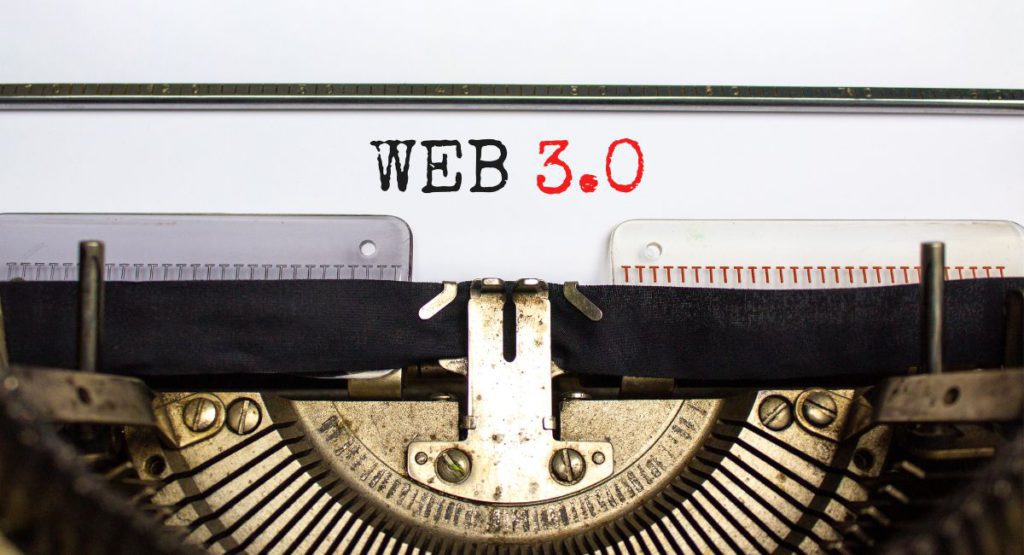
Web3, a term coined to describe the third era of the internet, represents a transformative force that is reshaping the digital landscape. Unlike its predecessors, Web1 (the early, static web) and Web2 (the social, interactive web), Web3 introduces decentralized, trustless, and user-centric principles. It leverages blockchain technology and decentralized protocols to redefine how we interact, transact, and share information online. Here’s a detailed exploration of the rise of Web3 and its transformative impact:
1. Decentralization and Trustless Systems:
- Blockchain Foundation: Web3 is built on the foundation of blockchain technology, enabling decentralized and trustless systems. Blockchain’s immutable and transparent ledger creates a paradigm shift from centralized control to distributed consensus.
- Smart Contracts: The integration of smart contracts allows for programmable and self-executing agreements, eliminating the need for intermediaries and enhancing trust in online interactions.
2. Cryptocurrencies and Tokenization:
- Digital Currencies: Web3 introduces the use of cryptocurrencies as native digital assets. Bitcoin, Ethereum, and other cryptocurrencies facilitate peer-to-peer transactions, enabling borderless and censorship-resistant value transfer.
- Tokenization of Assets: Assets are tokenized on blockchain, allowing for fractional ownership of real-world assets like real estate or art. This opens up new possibilities for liquidity, accessibility, and investment.
3. Decentralized Finance (DeFi):
- Financial Inclusion: Web3’s DeFi ecosystem provides decentralized financial services, offering banking, lending, borrowing, and trading without traditional intermediaries. This promotes financial inclusion by allowing access to financial services for individuals who are unbanked or underbanked.
- Yield Farming and Staking: Users can participate in yield farming and staking, earning rewards by providing liquidity to decentralized protocols. This incentivizes participation and contributes to the growth of the DeFi space.
4. Decentralized Applications (DApps):
- User-Centric Applications: DApps built on Web3 are user-centric, giving individuals greater control over their data and online interactions. Users have ownership of their private keys and data, reducing the risk of centralized data breaches.
- Interoperability: Web3 promotes interoperability between DApps, allowing users to seamlessly interact with various applications across different blockchain networks.
5. Web3 Protocols:
- IPFS and Filecoin: Web3 incorporates protocols like InterPlanetary File System (IPFS) for decentralized storage and Filecoin for incentivized file storage. This ensures data resilience, censorship resistance, and improved content delivery.
- Decentralized Identity (DID): DID protocols provide users with control over their digital identity. Users can manage and share their identity across different applications without relying on central authorities.
6. DAOs and Governance:
- Decentralized Autonomous Organizations (DAOs): Web3 facilitates the creation of DAOs, which are entities governed by smart contracts and token holders. DAOs enable decentralized decision-making and community governance.
- Token-based Governance: Projects often implement token-based governance, allowing token holders to participate in key decisions, fostering a more democratic and inclusive decision-making process.
7. NFTs and Digital Ownership:
- Non-Fungible Tokens (NFTs): NFTs, unique digital assets, are a key component of Web3. They represent ownership of digital or physical items, including art, music, and virtual real estate, providing creators with new revenue streams and users with true digital ownership.
8. Privacy and Self-Sovereignty:
- Enhanced Privacy: Web3 prioritizes user privacy through encryption and decentralized storage solutions. Users have greater control over their personal data and can choose how and when to share it.
- Self-Sovereign Identity: The concept of self-sovereign identity allows individuals to have full control over their identity information, reducing reliance on centralized identity providers.
9. Web3 Browsers and Infrastructure:
- Web3-Compatible Browsers: Specialized browsers like MetaMask and Brave are designed for seamless interaction with Web3 applications. They integrate cryptocurrency wallets, making it easy for users to manage their assets.
- Decentralized Infrastructure: Web3 utilizes decentralized infrastructure such as distributed storage, decentralized domain systems (ENS), and blockchain networks to reduce reliance on centralized servers and enhance network resilience.
10. Educational Initiatives and Community Building:
- Knowledge Dissemination: Educational initiatives play a crucial role in spreading awareness about Web3. Community-driven efforts, including forums, meetups, and online resources, contribute to a more informed and engaged user base.
- Developer Ecosystem: A vibrant developer ecosystem is emerging around Web3, with hackathons, grants, and collaborative projects fostering innovation and accelerating the development of decentralized applications and protocols.
1. Deep Understanding of Web3 and Gaming: I've delved into the intricacies of blockchain integration, player incentives, and the dynamics that make these games a frontier of innovation. I have dedicated years to fully understanding the communities and devs behind these games. pic.twitter.com/fgNXpKDULn
— Paisan (@PaisanGaming) November 21, 2023
The Counterforces: Challenges and Alternatives
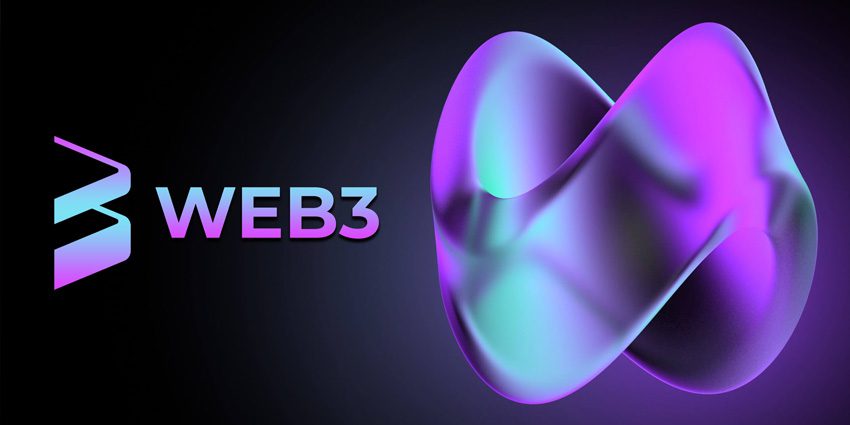
1. Scalability Concerns:
Scalability remains a persistent challenge for blockchain networks, including those associated with Web3. The limitations of transaction throughput and latency hinder the seamless user experience that Web3 envisions.
2. Energy Consumption Debate:
The environmental impact of blockchain, particularly proof-of-work consensus mechanisms, has led to debates about the sustainability of the technology. This has prompted exploration into alternative consensus mechanisms, such as proof-of-stake.
3. Corporate Blockchains and Permissioned Ledgers:
While Web3 emphasizes decentralization, there is a parallel movement involving corporate blockchains and permissioned ledgers. These systems, though leveraging blockchain technology, may not align with the open and decentralized principles of Web3.
4. Central Bank Digital Currencies (CBDCs):
The emergence of central bank digital currencies (CBDCs) introduces a centralized approach to digitizing traditional currencies. While not inherently against the principles of Web3, CBDCs may challenge the decentralized narrative by maintaining central authority.
The Hybrid Approach: Integrating Web3 Principles
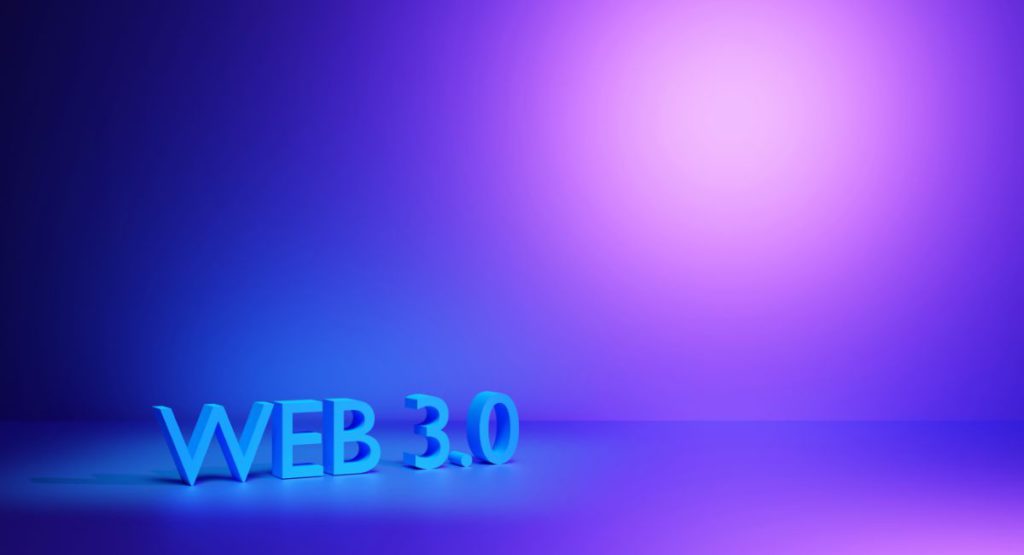
1. Enterprise Adoption of Blockchain:
Many enterprises are exploring the integration of blockchain technology while maintaining centralized control. This hybrid approach allows for the benefits of blockchain without fully embracing the decentralized ethos of Web3.
2. Permissioned Blockchains for Specific Use Cases:
Permissioned blockchains are gaining traction for specific use cases where controlled access and governance are prioritized. These blockchains, while not entirely decentralized, provide efficiency and security benefits.
Navigating the Future: Web3 and Beyond
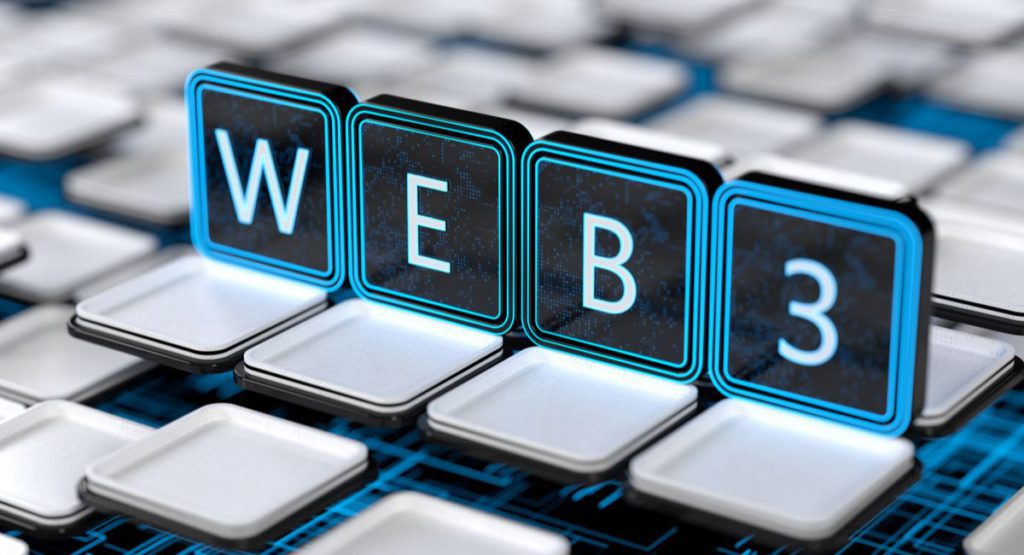
As we navigate the complex landscape of blockchain dynamics, it becomes evident that Web3 is a transformative force, but not the sole protagonist. The blockchain world is a tapestry of various technologies, ideologies, and visions, each contributing to the evolution of decentralized systems.
1. The Evolution of Web3:
Web3 is still in its early stages, evolving as developers, businesses, and users explore its possibilities. The challenges it faces, such as scalability and energy consumption, will likely be addressed through ongoing innovations and advancements.
2. Hybrid Models and Coexistence:
The coexistence of Web3 with alternative models, including corporate blockchains and permissioned ledgers, reflects the adaptability of blockchain technology. Hybrid models may offer pragmatic solutions that balance decentralization with efficiency and scalability.
3. Global Regulatory Frameworks:
The development of global regulatory frameworks will play a pivotal role in shaping the future of blockchain technology. Regulatory clarity may influence the adoption and integration of blockchain solutions, including those aligned with Web3 principles.
4. Community Participation and Governance:
Community participation and governance will continue to be central to the evolution of blockchain. Decentralized autonomous organizations (DAOs) and community-driven decision-making will shape the direction of Web3 and other blockchain initiatives.
5. Innovations Beyond Blockchain:
Beyond blockchain, other decentralized technologies may emerge as significant players. Directed acyclic graphs (DAGs), for example, present an alternative approach to distributed ledger technology, challenging traditional blockchain structures.
Conclusion: The Tapestry of Blockchain Dynamics
As we conclude our exploration of the various facets of blockchain dynamics, it becomes evident that the technology weaves a complex and intricate tapestry with far-reaching implications. Blockchain, initially known as the underlying technology for cryptocurrencies, has evolved into a multidimensional force that extends beyond finance, impacting various industries and reshaping the way we interact with information, assets, and each other.
1. Decentralization as the Cornerstone:
- Empowering Individuals: The decentralized nature of blockchain technology empowers individuals by providing them with control over their digital assets, identities, and transactions.
- Trustless Systems: The elimination of central authorities in favor of distributed consensus creates trustless systems, reducing the need for intermediaries and fostering a peer-to-peer network.
2. Financial Transformation with Cryptocurrencies:
- Cryptocurrencies as Catalysts: Cryptocurrencies, particularly Bitcoin and Ethereum, have acted as catalysts for financial transformation. They introduced new paradigms for digital currencies, decentralized finance (DeFi), and tokenization of assets.
- Inclusive Financial Systems: Blockchain dynamics have the potential to create more inclusive financial systems by providing access to banking services for the unbanked and underbanked.
3. Smart Contracts and Programmable Agreements:
- Automating Processes: Smart contracts enable the automation of contractual agreements, reducing the need for intermediaries and ensuring the execution of predefined conditions without human intervention.
- Decentralized Applications (DApps): The concept of DApps leverages smart contracts, fostering the development of decentralized applications across various industries.
4. Tokenization and Digital Ownership:
- Unlocking Liquidity: Tokenization of assets allows for the fractional ownership of real-world items, unlocking liquidity and creating new investment opportunities.
- NFTs Redefining Ownership: Non-fungible tokens (NFTs) redefine digital ownership by representing unique assets, including art, music, and virtual real estate.
5. Decentralized Autonomous Organizations (DAOs):
- Community Governance: DAOs embody the principles of community governance, allowing token holders to participate in decision-making processes.
- Decentralized Governance Models: The emergence of decentralized governance models transforms traditional organizational structures and decision-making mechanisms.
6. Privacy and Security Enhancements:
- Enhanced Privacy: Blockchain introduces enhanced privacy features through encryption and decentralized storage solutions, giving users greater control over their personal data.
- Immutable Security: The immutability of blockchain records enhances security, reducing the risk of data tampering and fraud.
7. Interoperability and Cross-Chain Functionality:
- Breaking Silos: Interoperability initiatives aim to break down silos between different blockchain networks, allowing seamless asset transfer and communication across protocols.
- Cross-Chain Platforms: Cross-chain platforms facilitate interaction between disparate blockchain ecosystems, promoting collaboration and expanding the scope of decentralized applications.
8. Environmental and Sustainability Considerations:
- Transition to Proof of Stake: The blockchain community is actively exploring and transitioning to more sustainable consensus mechanisms, such as proof of stake (PoS).
- Carbon-Neutral Initiatives: Carbon-neutral initiatives and sustainable blockchain development practices are gaining prominence, addressing concerns about the environmental impact of blockchain networks.
9. Regulatory Landscape and Compliance:
- Navigating Regulations: The evolving regulatory landscape poses challenges, but it also presents opportunities for blockchain projects to navigate regulatory frameworks and establish legitimacy.
- Collaboration with Regulators: Collaborative efforts between the blockchain industry and regulators are essential for creating a balanced and regulated environment.
10. Global Impact and Technological Innovation:
- Global Adoption: Blockchain dynamics have a global impact, with diverse regions adopting the technology for financial inclusion, innovation, and economic development.
- Technological Synergies: The integration of blockchain with emerging technologies such as artificial intelligence, the Internet of Things, and 5G is fostering technological synergies and creating new possibilities.
In conclusion, the tapestry of blockchain dynamics is woven with threads of decentralization, financial innovation, smart contracts, and transformative potential. As the technology continues to evolve, its impact on industries, societies, and individuals will be shaped by ongoing advancements, collaborative efforts, and a commitment to addressing challenges. The future of blockchain promises a landscape where trust, transparency, and inclusivity converge to redefine how we interact with the digital world.



























































